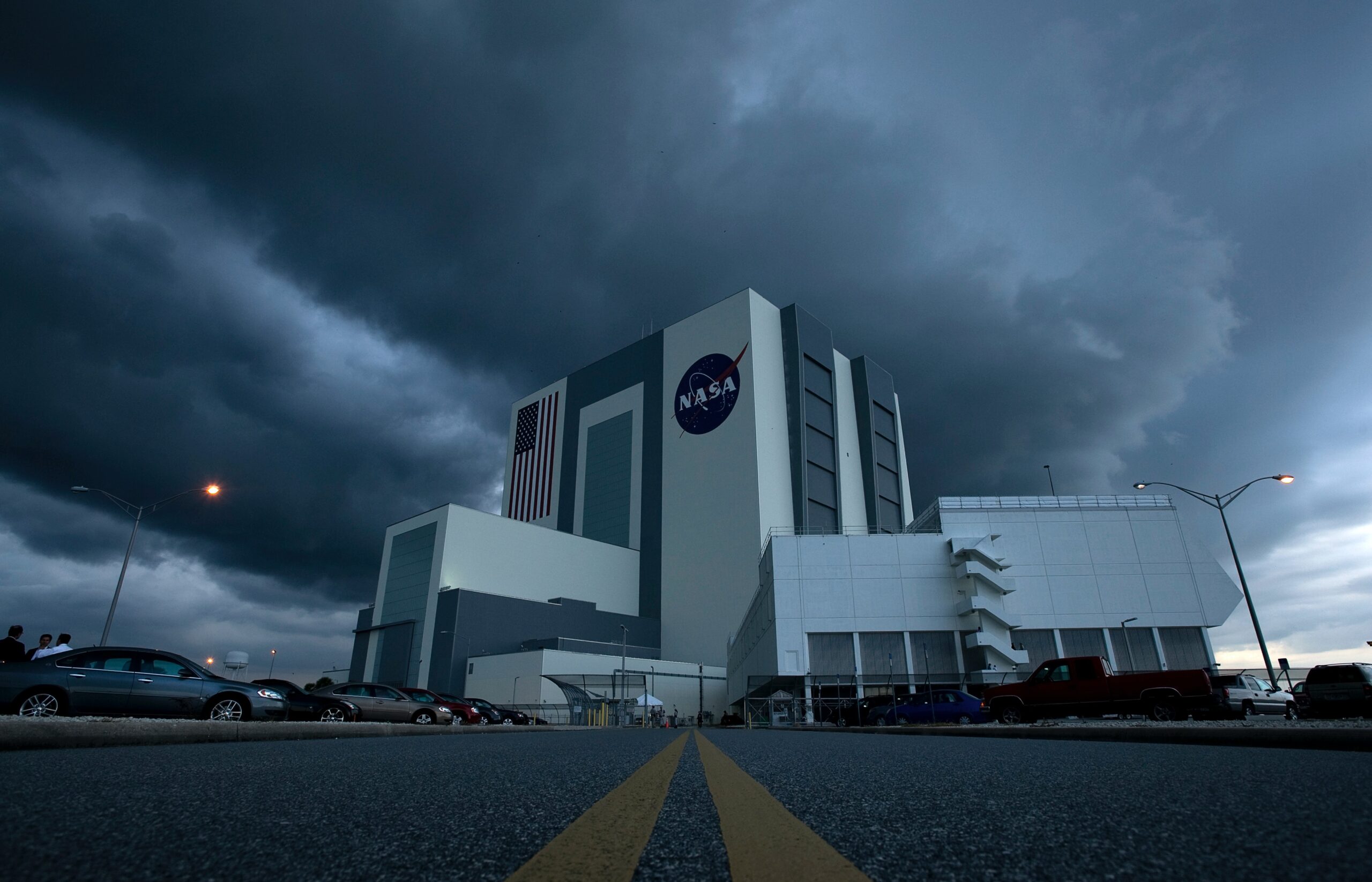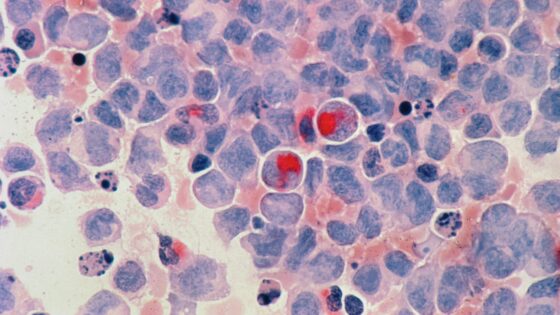CHAPEA Mission 1: Brave Volunteers Explore Mars in Year-Long Isolation
On Sunday, June 25, the highly anticipated CHAPEA Mission 1 took off as four courageous volunteers embarked on a groundbreaking journey. Kelly Haston, Ross Brockwell, Nathan Jones, and Anca Selariu were carefully chosen to be part of the CHAPEA crew and will spend the next year residing and operating within the Mars Dune Alpha habitat—a remarkable 1,700-square-foot structure constructed using cutting-edge 3D printing technology.
For the duration of the mission, the crew members will remain inside the habitat, only venturing out for occasional Mars walks within an enclosed Mars “sandbox” adjacent to the habitat. This rigorous confinement aims to simulate astronauts’ conditions during extended stays on Mars.
Space.com reports that the selection process for the CHAPEA crew involved various criteria, including a STEM (science, technology, engineering, and mathematics) degree, relevant professional experience, and flying or military training. Additionally, all volunteers underwent comprehensive medical and psychological evaluations mirroring the tests conducted for real astronaut missions.
CHAPEA's 4 person crew just entered their home for the next year. They're simulating a Mars mission to help assess health and performance in relation to Mars resource limitations in isolation and confinement. The door is officially closed and the mission has begun. Go Crew 1! pic.twitter.com/KKWKQ1opwg
— NASA's Johnson Space Center (@NASA_Johnson) June 25, 2023
During the next 12 months, Kelly Haston, Ross Brockwell, Nathan Jones, and Anca Selariu will become the human subjects of remote observation and study conducted by scientists at NASA’s Johnson Space Center in Houston, Texas. As the pioneers of the first CHAPEA mission, their experiences and findings will play a pivotal role in informing NASA’s future endeavors to design and plan for successful human missions on the actual Martian surface.
The commencement of Mission 1 occurred on June 25, with the four volunteers entering the Mars Dune Alpha habitat at 7:30 p.m. EDT. Their confinement within the 3D-printed structure will last until Sunday, July 7, 2024, with minimal opportunities to step outside for Mars walks within the enclosed Mars “sandbox.”
Suzanne Bell, the lead for NASA’s Behavioral Health and Performance Laboratory at Johnson Space Center, expressed her enthusiasm for this groundbreaking endeavor. Bell highlighted the significant difference of this analog mission, as the crew will endure isolation together for an impressive 378 days. Previous analogs conducted by NASA, such as the Human Exploration Research Analog (HERA), lasted only 45 days in comparison. The extended isolation of CHAPEA’s year-long missions provides invaluable data for studying prolonged isolation’s psychological and physiological effects on astronauts.
































